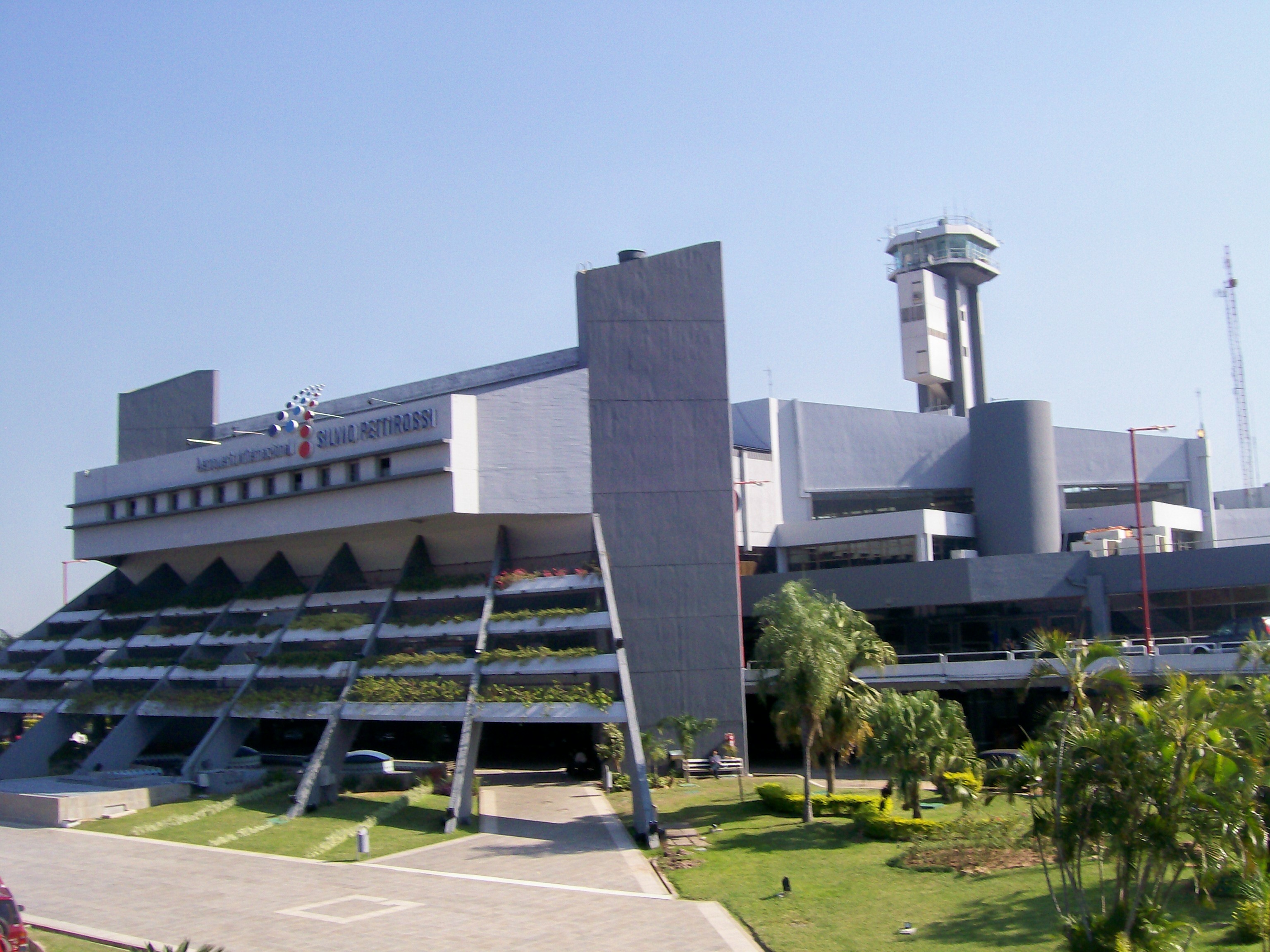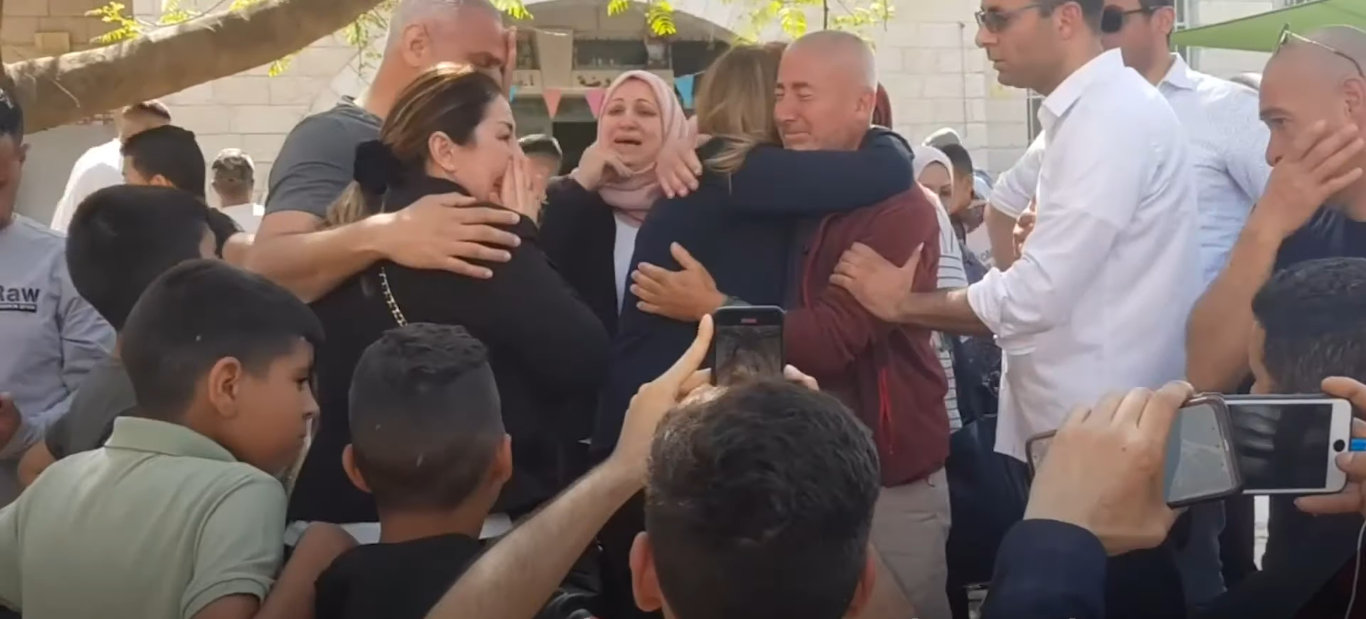|
Dora Acuña
Dora Gómez Bueno de Acuña (1903 in Luque – 1987) was a Paraguayan poet, journalist and radio personality."Acuña, Dora (fl. 1940s)." '' Dictionary of Women Worldwide: 25,000 Women Through the Ages'', edited by Anne Commire and Deborah Klezmer, vol. 1, Yorkin Publications, 2007, p. 7. ''Gale eBooks''. Accessed 14 September 2021. She carried out her studies in Escuela Normal de Asunción, the institute where she graduated with the title of teacher. Influenced by the Uruguayan poet Delmira Agustini, Dora Acuña's poetry celebrated life and nature with a frank eroticism. First Steps She taught primary education for many years, and briefly contributed, between 1930 and 1931, to the 'Sociales' page of the 'El Orden' newspaper of Asunción. Her participation in radio programs was extensive and fruitful, as an actress in children's programs, as a reciter of native and foreign poetry, through the innumerable radio series throughout her life, of which "Sobremesa de Gala" stands o ... [...More Info...] [...Related Items...] OR: [Wikipedia] [Google] [Baidu] |
Luque
Luque () is a city in Central Department of Paraguay, part of the Gran Asunción metropolitan area. Both 1635 and 1750 have been recorded as dates of its founding. It was temporarily the capital of Paraguay in 1868 during the Paraguayan War before relocation to San Estanislao. The city is home to Paraguay's main international airport, Silvio Pettirossi International Airport and the Ñu Guasú Park, which is where the Paraguayan Olympic Committee is also located. The continental governing body of association football in South America, CONMEBOL, has its headquarters approximately 3 minutes from the airport, which hosts the South American Football Museum. The 2019 FIFA Beach Soccer World Cup took place in Luque. When it existed, ARPA – Aerolíneas Paraguayas had its headquarters in the ARPA Terminal on the grounds of the airport."Directory: World airlines." ''Flight International''. 16–22 March 200488 It is a center of production of guitars and Paraguayan harps as ... [...More Info...] [...Related Items...] OR: [Wikipedia] [Google] [Baidu] |
Paraguay
Paraguay, officially the Republic of Paraguay, is a landlocked country in South America. It is bordered by Argentina to the Argentina–Paraguay border, south and southwest, Brazil to the Brazil–Paraguay border, east and northeast, and Bolivia to the northwest. It has a population of around 6.1 million, nearly 2.3 million of whom live in the Capital city, capital and largest city of Asunción, and its surrounding metro area. Spanish conquistadores arrived in 1524, and in 1537 established the city of Asunción, the first capital of the Governorate of the Río de la Plata. During the 17th century, Paraguay was the center of Reductions, Jesuit missions, where the native Guaraní people were converted to Christianity and introduced to European culture. After the Suppression of the Society of Jesus, expulsion of the Jesuits from Spanish territories in 1767, Paraguay increasingly became a peripheral colony. Following Independence of Paraguay, independence from Spain ... [...More Info...] [...Related Items...] OR: [Wikipedia] [Google] [Baidu] |
Poet
A poet is a person who studies and creates poetry. Poets may describe themselves as such or be described as such by others. A poet may simply be the creator (thought, thinker, songwriter, writer, or author) who creates (composes) poems (oral tradition, oral or literature, written), or they may also performance, perform their art to an audience. The work of a poet is essentially one of communication, expressing ideas either in a literal sense (such as communicating about a specific event or place) or metaphorically. Poets have existed since prehistory, in nearly all languages, and have produced works that vary greatly in different cultures and periods. Throughout each civilization and language, poets have used various styles that have changed over time, resulting in countless poets as diverse as the literature that (since the advent of writing systems) they have produced. History Ancient poets The civilization of Sumer figures prominently in the history of early poetry, a ... [...More Info...] [...Related Items...] OR: [Wikipedia] [Google] [Baidu] |
Journalist
A journalist is a person who gathers information in the form of text, audio or pictures, processes it into a newsworthy form and disseminates it to the public. This is called journalism. Roles Journalists can work in broadcast, print, advertising, or public relations personnel. Depending on the form of journalism, "journalist" may also describe various categories of people by the roles they play in the process. These include reporters, correspondents, citizen journalists, Editorial board, editors, Editorial board, editorial writers, columnists, and photojournalists. A reporter is a type of journalist who researches, writes and reports on information in order to present using source (journalism), sources. This may entail conducting interviews, information-gathering and/or writing articles. Reporters may split their time between working in a newsroom, from home or outside to witness events or interview people. Reporters may be assigned a specific Beat reporting, beat (area of cov ... [...More Info...] [...Related Items...] OR: [Wikipedia] [Google] [Baidu] |
Delmira Agustini
Delmira Agustini (October 24, 1886 – July 6, 1914) was a Uruguayan poet of the early 20th century. Biography Born in Montevideo, Uruguay, she began writing when she was ten and had her first book of poems published when she was still a teenager. She wrote for the magazine ''La Alborada'' (The Dawn). She formed part of the Generation of 1900, along with Julio Herrera y Reissig, Leopoldo Lugones and Horacio Quiroga. Rubén Darío, a Nicaraguan poet, was an important influence for her. She looked up to him as a teacher. Darío compared Agustini to Teresa of Ávila, stating that Agustini was the only woman writer since the saint to express herself as a woman. She specialized in the topic of female sexuality during a time when the literary world was dominated by men. Agustini's writing style is best classified in the first phase of modernism, with themes based on fantasy and exotic subjects. Eros, god of love, symbolizes eroticism and is the inspiration to Agustini's poems abou ... [...More Info...] [...Related Items...] OR: [Wikipedia] [Google] [Baidu] |
Eroticism
Eroticism () is a quality that causes sexual feelings, as well as a philosophical contemplation concerning the aesthetics of sexual desire, sensuality, and romantic love. That quality may be found in any form of artwork, including painting, sculpture, photography, drama, film, music, or literature. It may also be found in advertising. The term may also refer to a state of sexual arousal or anticipation of such – an insistent sexual impulse, desire, or pattern of thoughts. As French novelist Honoré de Balzac stated, eroticism is dependent not just upon an individual's sexual morality, but also the culture and time in which an individual resides. Definitions Because the nature of what is erotic is fluid, early definitions of the term attempted to conceive eroticism as some form of sensual or romantic love or as the human sex drive ( libido); for example, the ''Encyclopédie'' of 1755 states that the erotic "is an epithet which is applied to everything with a connection to t ... [...More Info...] [...Related Items...] OR: [Wikipedia] [Google] [Baidu] |
Reed (plant)
Reed is a common name for several tall, grass-like plants of wetlands. Varieties They are all members of the order Poales (in the modern, expanded circumscription), and include: In the grass family, Poaceae * Common reed ('' Phragmites australis''), the original species named reed * Giant reed ('' Arundo donax''), used for making reeds for musical instruments * Burma reed ('' Neyraudia reynaudiana'') * Reed canary-grass ('' Phalaris arundinacea'') * Reed sweet-grass ('' Glyceria maxima'') * Small-reed ('' Calamagrostis'' species) In the sedge family, Cyperaceae * Paper reed or papyrus (''Cyperus papyrus''), the source of the Ancient Egyptian writing material, also used for making boats In the family Typhaceae * Bur-reed ('' Sparganium'' species) * Reed-mace (''Typha'' species), also called bulrush or cattail In the family Restionaceae * Cape thatching reed ('' Elegia tectorum''), a restio originating from the South-western Cape, South Africa. * Thatching reed ('' Thamno ... [...More Info...] [...Related Items...] OR: [Wikipedia] [Google] [Baidu] |
Abyss (religion)
In the Bible, the abyss is an unfathomably deep or boundless place. The term comes from the Greek language, Greek word ''abyssos'' (), meaning "deep, unfathomable, boundless". It is used as both an adjective and a noun. It appears in the Septuagint, which is the earliest Greek translation of the Hebrew Bible, and in the New Testament. It translates the Hebrew words ''tehom, tehóm'' (), ''ṣulā'' ( "sea-deep, deep flood") and the name of the sea monster ''rahab (term), rahab'' ( "spacious place; rage, fierceness, insolence, pride.") The Book of Jonah portrays the prophet's near death experience and his descent to the abyss. In the original sense of the Hebrew ''tehóm'', the abyss was the primordial waters or Chaos (cosmogony), chaos out of which the ordered world was created (). The term could also refer literally to the depths of the sea, the deep source of a spring or the interior of the Earth. In a later extended sense in intertestamental Jewish literature, the abyss was th ... [...More Info...] [...Related Items...] OR: [Wikipedia] [Google] [Baidu] |
Culture Of Paraguay
The culture of Paraguay reflects the Spanish and indigenous influences of the country. Paraguay's cultural heritage can be traced to the extensive interracial marriage, intermarriage between the original male Spanish settlers and indigenous Guarani people, Guaraní women. Their culture is highly influenced by various European countries, including Spain. Therefore, Paraguayan culture is a fusion of two cultures and traditions; one European, the other, Southern Guaraní. More than 93% of Paraguayans are ''mestizos'', making Paraguay one of the most homogeneous countries in Latin America. A characteristic of this cultural fusion is the extensive bilingualism present to this day: more than 80% of Paraguayans speak both Spanish language, Spanish and the indigenous language, Guaraní language, Guaraní. Jopara, a mixture of Guaraní and Spanish, is also widely spoken. This cultural fusion is expressed in arts such as embroidery (''ao po'í'') and Nanduti, lace making (''ñandutí''). Th ... [...More Info...] [...Related Items...] OR: [Wikipedia] [Google] [Baidu] |


